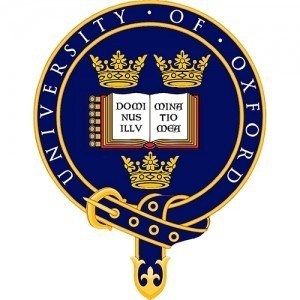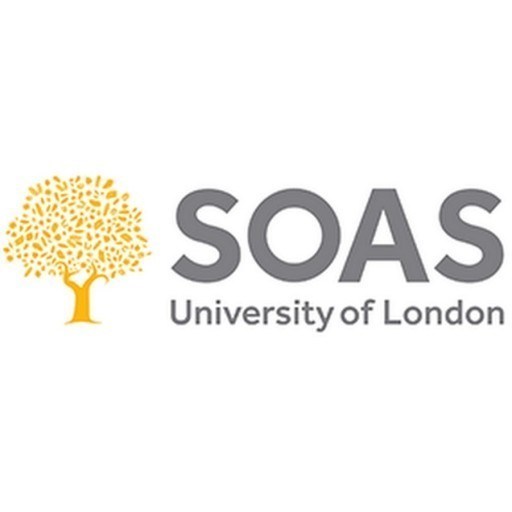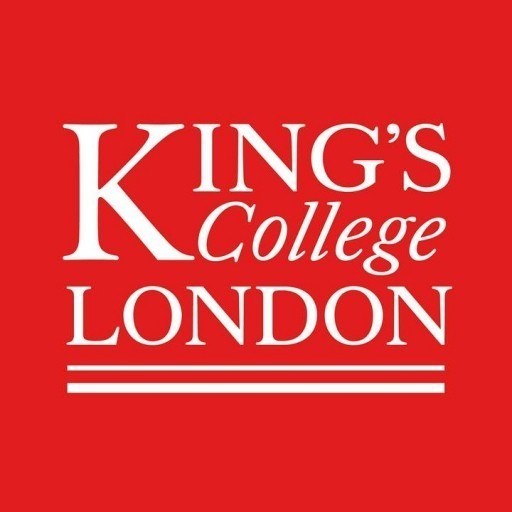Photos of university / #oxford_uni
The Master of Science in Microelectronics, Optoelectronics and Communications at the University of Oxford is a highly specialized postgraduate program designed to prepare students for cutting-edge careers in the rapidly evolving fields of semiconductor devices, photonic systems, and telecommunications. Throughout the duration of the course, students will engage with advanced topics such as integrated circuit design, quantum electronics, optical communication systems, nanofabrication techniques, and the principles governing electronic and photonic materials. The program combines rigorous theoretical coursework with practical laboratory work, enabling students to develop a deep understanding of both fundamental concepts and real-world applications.
Students will have the opportunity to collaborate with leading researchers and industry experts, gaining valuable insights into current technological challenges and innovations. The course emphasizes interdisciplinary skills, encouraging a comprehensive approach that spans physics, electrical engineering, and materials science. The program also aims to cultivate critical thinking, problem-solving abilities, and technical leadership, equipping graduates to contribute meaningfully to industries such as telecommunications, consumer electronics, biomedical imaging, and space technology.
As part of the program, students will undertake a substantial research project, often in collaboration with industry partners or leading research groups within the university. This research component provides hands-on experience in experimental design, data analysis, and scientific communication, preparing graduates for careers in research and development or further academic pursuits. The MSc in Microelectronics, Optoelectronics and Communications at Oxford is ideal for individuals passionate about innovation and eager to make a tangible impact in high-tech industries. Graduates will leave with a strong foundation in both theoretical knowledge and practical skills, along with a global perspective fostered by the university’s rich academic environment.
The structure of the course has been tailored for busy people in employment who wish to minimise time away from the workplace to study. It is targeted at students who are already working in an engineering context, have a mathematics or physics undergraduate degree, and who have been encouraged by their employers to gain up-to-date knowledge and skills in three key electrical engineering sectors: microelectronics, optoelectronics and communications. This part-time course is also applicable to graduates from other disciplines in engineering.
Course modules are expected to include:
- Fundamentals of Microelectronics and Communications
- Advanced Microelectronics
- Wireless Communications
- Fundamentals of Optoelectronic Devices and Applied Optics
- Optical Communications
- Organic Electronics and Nanotechnology for Optoelectronic Devices, or Engineering in Society.
The first year consists of the Microelectronics and Communications units, which includes the principles, theories and methodologies underpinning the design of both analogue and digital electronic systems. For the Wireless Communications unit, you will learn about technologies used in the wireless communications industry and gain a critical awareness of their limitations and the new insights gained by looking at the forefront of current research.
The second year of the course will focus on the Optoelectronics units, which will cover the fundamentals of applied optics and semiconductor physics that are required to understand the performance and design of optoelectronic components and devices. You will then have the option of choosing the Organic Electronics and Nanotechnology course or the Engineering in Society unit before embarking on a dissertation.
Each of the six units includes an intensive residential week in Oxford that includes lectures, tutorials, classes and, in some cases, practical work. For each unit, these residential weeks are supplemented by the online learning environment that consists of additional course material and examples to support the distance learning and assessment.
Units are assessed through practicals, problem sets, written reports and assignments. Practicals are assessed when students are in Oxford. Students are provided with written feedback as well as verbal feedback from the course tutors.
For their dissertation, students normally conduct their project in their home institution or company, with the aid of supervisors from the Department of Engineering Science.
Applicants are normally expected to be predicted or have achieved a first-class or strong upper second-class undergraduate degree with honours (or equivalent international qualifications), as a minimum, in mathematics, physics or engineering.
For applicants with a degree from the USA, the minimum GPA normally sought is 3.7 out of 4.0.
If you hold non-UK qualifications and wish to check how your qualifications match these requirements, you can contact the National Recognition Information Centre for the United Kingdom (UK NARIC).
No Graduate Record Examination (GRE) or GMAT scores are sought.
- Official transcript(s)
- CV/résumé
- Personal statement: 500 to 1,000 words
- References/letters of recommendation:Three overall, generally academic
ENGLISH LANGUAGE REQUIREMENTS
Higher level
|
est |
Standard level scores |
Higher level scores |
||
|
IELTS Academic |
7.0 | Minimum 6.5 per component | 7.5 | Minimum 7.0 per component |
|
TOEFL iBT |
100 |
Minimum component scores:
|
110 |
Minimum component scores:
|
| Cambridge Certificate of Proficiency in English (CPE) | 185 |
Minimum 176 per component |
191 |
Minimum 185 per component |
| Cambridge Certificate of Advanced English (CAE) | 185 |
Minimum 176 per component |
191 |
Minimum 185 per component |
The University of Oxford offers a range of financial support options for students enrolled in the Microelectronics, Optoelectronics, and Communications program. Funding opportunities include scholarships, bursaries, and student loans designed to assist both domestic and international students in managing the costs associated with their studies. Prospective students are encouraged to explore the Oxford University Scholarships and Funding webpage, which details a variety of funding sources tailored to different student profiles. The university provides several prestigious scholarships, such as the Rhodes, Clarendon, and reach Oxford scholarships, which are highly competitive and awarded based on academic excellence, leadership qualities, and potential contribution to the university community. For European and UK students, there are government-backed student loan schemes available, which provide further financial support during their studies. International students may have access to external funding opportunities, as well as university-specific scholarships and grants. The financial support system aims to make postgraduate education accessible and affordable, recognizing the importance of fostering diverse and talented student cohorts. Additionally, the university offers potential work-study arrangements and part-time positions within the university’s departments and facilities, enabling students to supplement their funding while gaining valuable research and work experience. Applicants are advised to carefully review the eligibility criteria, application procedures, and deadlines associated with each funding source. It is recommended to start the application process early and contact the university’s financial aid office for personalized assistance and advice. Overall, the university prioritizes supporting its students financially to ensure that talented individuals from around the world can pursue cutting-edge research and education in Microelectronics, Optoelectronics, and Communications at Oxford.
The Master of Science in Microelectronics, Optoelectronics, and Communications at the University of Oxford is a comprehensive postgraduate program designed to provide students with in-depth knowledge and practical skills in the fields of microelectronics, optoelectronics, and communication systems. This program combines theoretical foundations with hands-on laboratory work, preparing graduates for careers in research, industry, or further academic pursuits. The curriculum covers a wide range of topics, including semiconductor device physics, integrated circuit design, photonic systems, optical communications, and signal processing. Students have the opportunity to engage with cutting-edge research and collaborate with leading experts in the field through seminars, workshops, and projects. The program typically spans one academic year for full-time students and involves coursework, examinations, and a research dissertation. Applicants are expected to have a strong background in physics, electrical engineering, or a related discipline. The program is delivered through a combination of lectures, tutorials, and laboratory sessions, offering a balanced education in both theoretical concepts and practical applications. Graduates of this program are well-equipped to pursue careers in sectors such as telecommunications, consumer electronics, aerospace, and biomedical engineering. They may also continue their studies towards a PhD, contributing to advancements in microelectronics and photonics technology. The University of Oxford's state-of-the-art facilities and collaborative environment provide an ideal setting for students to develop the skills necessary for innovation in these rapidly evolving fields.








